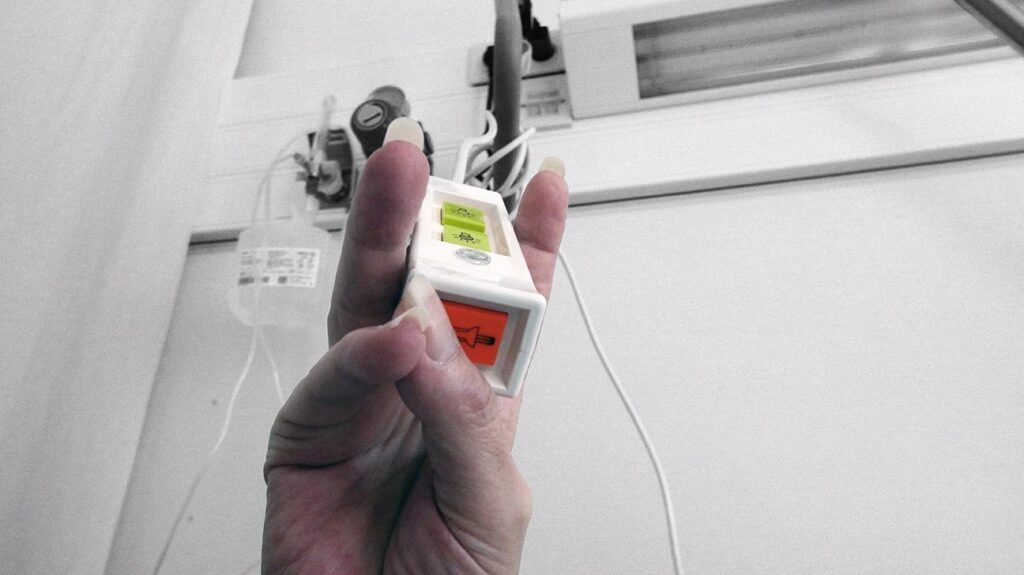Tuberculosis (TB) can be deadly if a person does not receive treatment. However, the majority of people who undergo treatment have a good outcome.
Certain risk factors, such as having HIV or other health conditions that suppress immunity, can increase the risk of unfavorable outcomes. Delaying treatment also poses a challenge to recovery, so receiving prompt treatment is important for maximizing the chance of survival.
The article discusses whether TB is deadly, the chances of survival, and how to improve the likelihood of survival. It also answers commonly asked questions.

TB is an infection with the microbe Mycobacterium tuberculosis, which
Factors that affect risk of death
The following factors may make recovery more challenging and increase a person’s risk of complications or unfavorable outcomes:
- being an older adult, young child, or infant
- a delay in treatment
- use of a mechanical ventilator for breathing
- extensive spread of the infection from the lungs to other parts of the body
- immunosuppression that can result from HIV or long-term use of medications that decrease immunity
An additional factor that affects outcomes is drug resistance, which happens when the medications that treat TB no longer kill the bacterium that causes it. Treatment of such cases is complex, and inappropriate management can result in death.
Complications
TB
- extensive lung destruction
- acute respiratory distress syndrome, which is the buildup of fluid in the lungs, preventing them from filling with air
- empyema, which is the accumulation of pus in the space between the lungs and the surrounding membrane
- systemic amyloidosis, which is the buildup of the protein amyloid in the organs, preventing them from working correctly
- damage to cervical sympathetic ganglia leading to Horner’s syndrome, which is the disruption to a nerve pathway that affects one side of the face and head
- miliary spread, which refers to the dissemination of TB to multiple parts of the body
- pneumothorax, or collapsed lung, which occurs when air leaks into the space between the lungs and the wall of the chest
The
The
The most important way to increase the likelihood of surviving a TB infection is to take the treatment as early as possible after diagnosis, since a delay
Even people with inactive or latent TB should take treatment if they have one of the risk factors for complications, such as older age or HIV. The latent form of the condition does not make someone feel sick, but the bacterium that causes TB still lives in their body. Treatment
Quit smoking
Additionally, quitting smoking may help. According to a
Diet
A healthy diet also plays a role in survival.
An older
Below are answers to some common questions:
How does TB kill you?
TB cases are typically mild, and most people with the condition have a good outlook. In certain cases, such as those where a person has severe respiratory difficulties or delays treatment, TB
Is TB curable?
Treatment with medications can
What is the life expectancy of a person with TB?
An older
These findings emphasize the importance of TB prevention. Still, many variables can affect a person’s life expectancy and each patient’s specific case of TB.
A
Among people who do not receive treatment, the mortality rate of TB is higher than
TB can cause serious complications that affect the ability to breathe. The complications are more likely to occur in individuals with suppressed immunity, such as those with HIV.
An additional difficulty that can pose a challenge to recovery is drug resistance.
To increase the likelihood of survival, a person should get prompt treatment and engage in healthy lifestyle practices, such as eating a well-balanced diet and abstaining from smoking.
